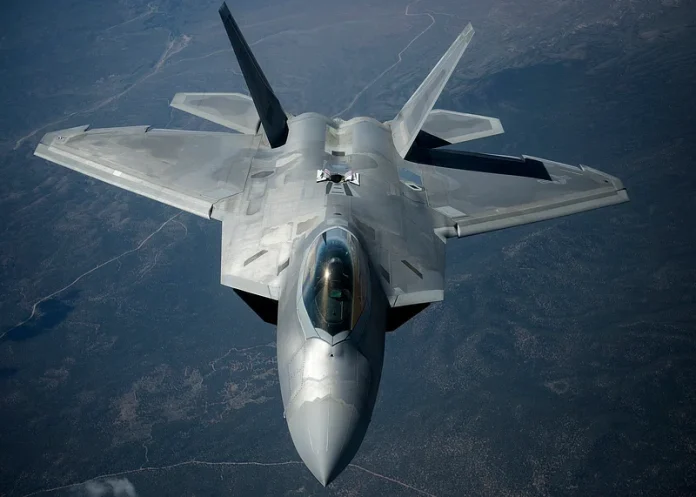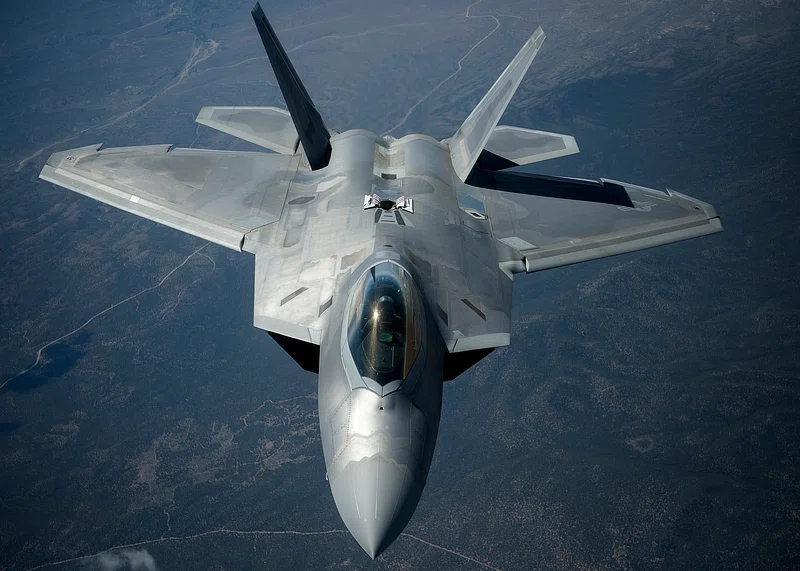
Is the world’s best stealth fighter really the most reflective radar-absorbing paint job or is it just the one that you can manufacture by the hundreds? It’s more than an abstract question as the F-22 Raptor and J-20 Mighty Dragon clash in the harsh arithmetic of modern airpower.
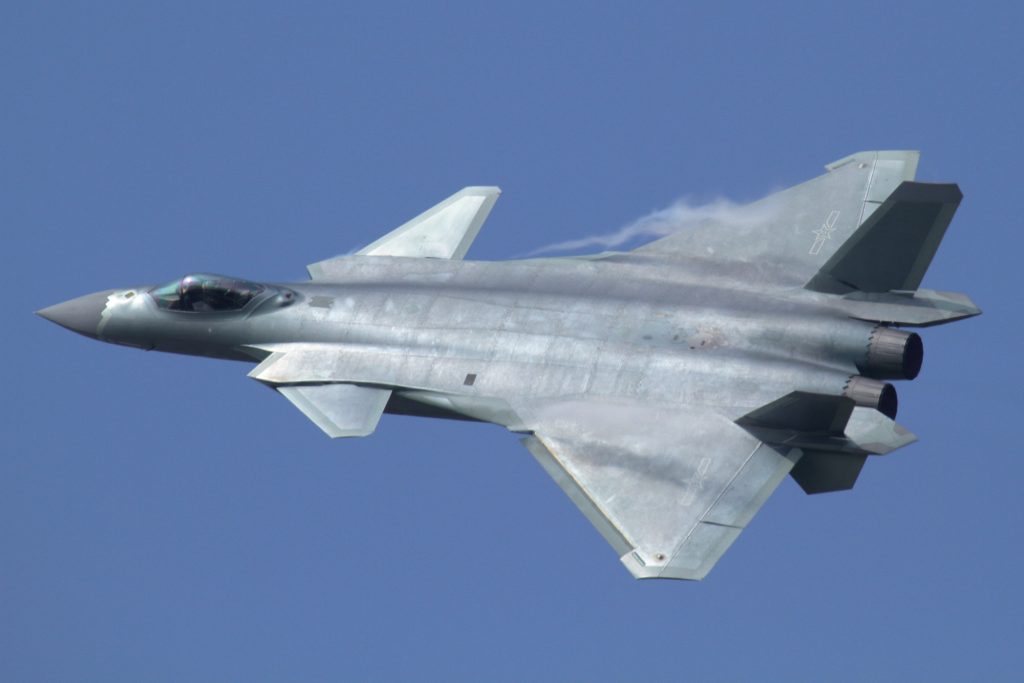
1. The Numbers Game: Production Capacity and Fleet Size
Arguably the air superiority gold standard in aircraft design, the F-22 Raptor is faced with a brutal numerical reality. With only 185 operational aircraft and a shuttered assembly line, the Raptor’s presence is limited and irreplaceable. China’s J-20 program is a master class in industrial momentum. With some 100 new J-20s rolling off production lines every year and a fleet now estimated to number 800 strong, China’s ability to accelerate production poses a strategic advantage that can be matched by no single airframe. As the lead article points out, “In a war, this skewed numerical and industrial advantage, and the logistical benefit of fighting closer home, could be the tipping point.”
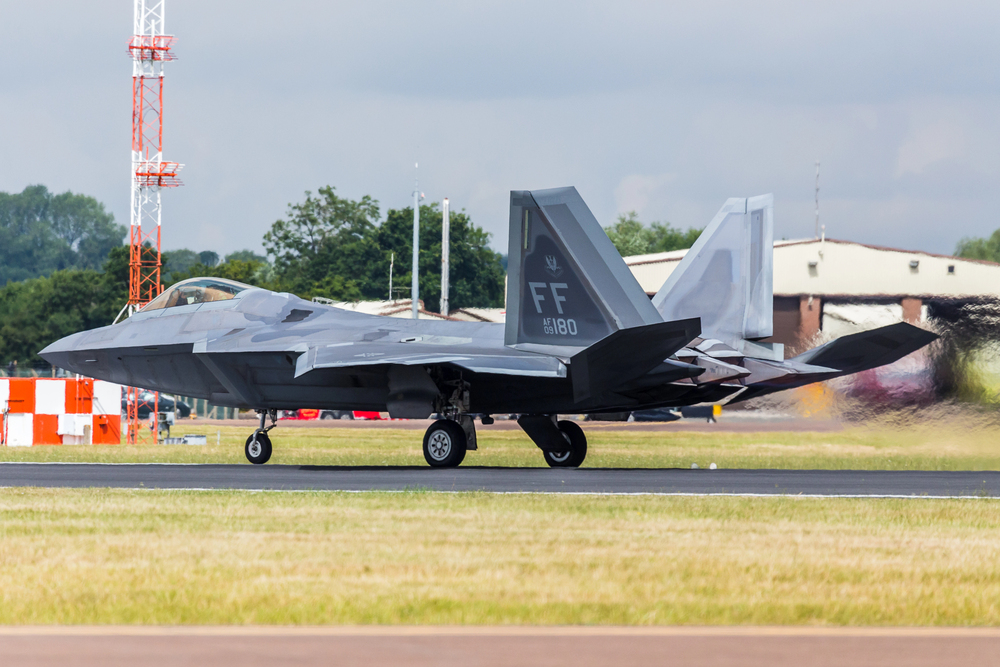
2. Stealth: Coatings, Profiles, and the Realities of Radar Cross Section
In theory, the F-22’s stealth is legendary. Its diamond-shaped wings, canted vertical stabilizers, and the meticulously flush-mounted rivets decrease its radar cross-section (RCS) to as little as 0.0001 square meters, “about the size of a marble” F-22’s design is all about air superiority. But it’s an expensive option: the Raptor’s stealth paints are notoriously high-maintenance, requiring reapplication every three weeks and contributing to operational expenses of more than $60,000 an hour U.S. Air Force maintenance staff must apply the stealth paint every three weeks.

The J-20, however, has come a long way in stealth, particularly from the front but with its sides and back being more exposed. Recent advances in radar-absorbing material inspired by the ancient jacquard silk weaving technique have resulted in a “double-sided jacquard” design absorbing more than 90% of radar waves in the 8–26 GHz band and able to resist 93.5 MPa tensile stress China’s new material is able to absorb 90.6% of radar waves. The design not only enhances stealth performances but also minimizes maintenance needs, giving the J-20 a further aspect of operational capability.
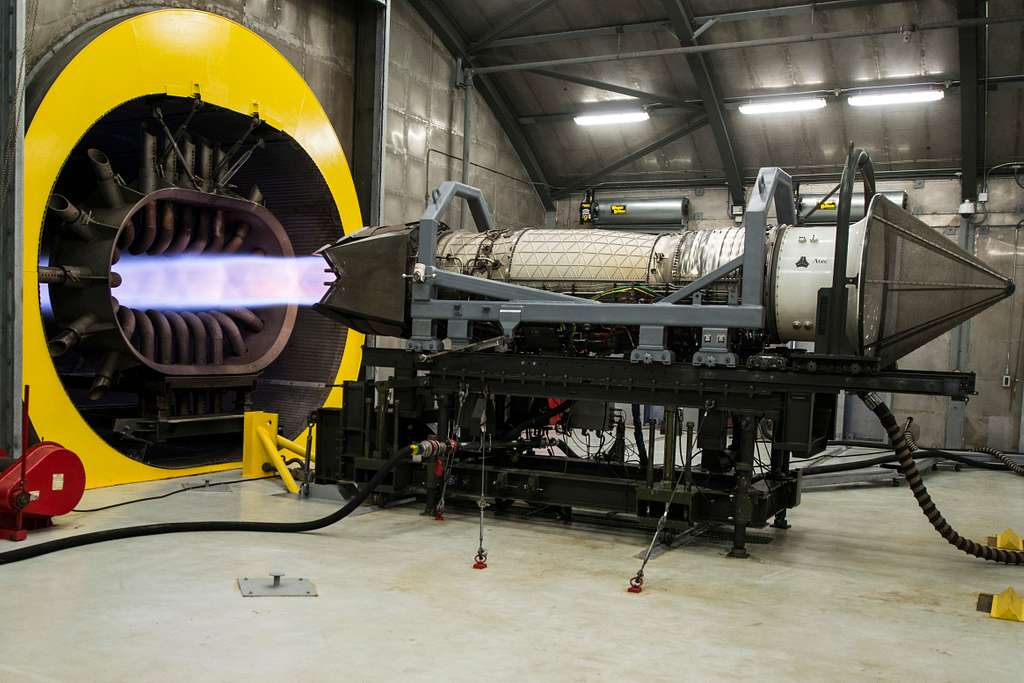
3. Engine Evolution: From Russian Sourcing to Homegrown Power
The F-22’s Pratt & Whitney F119 engine set the bar for fifth-generation fighters with supercruise and thrust-vectoring responsiveness. The J-20’s evolution has been more multifaceted. Early versions employed Russian AL-31s, then China’s domestic WS-10C, but the huge leap is with the new WS-15 “Emei” engine. The WS-15 provides an over 10 thrust-to-weight ratio, near the F119 benchmark, and better fuel efficiency for longer patrols and greater strike capability The WS-15 engine will enhance the J-20’s combat effectiveness. Zhou Chenming, a military science commentator, stated, “We can see how much more agile and climb-faster the J-20 is with the new WS-15, showing that it’s almost on the same level as the American F119 engine for the F-22 and F-35 stealth jets.” However, the WS-15 still lags when it comes to reliability and endurance compared to its American equivalent, and with Song Zhongping, a retired PLA instructor, cautioning, “There is still a gap between WS-15 and the F119 engines.” It’s a test success for the WS-15, but too early to go to mass production. It must still be tested and adjusted.
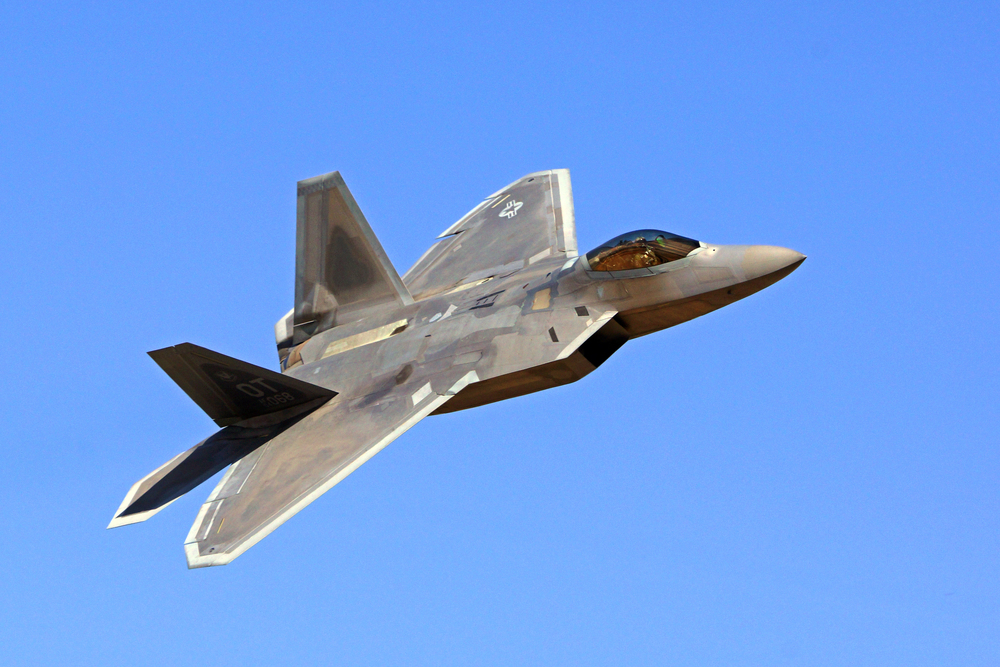
4. Stealth Manufacturing: Surface Area, Rivets, and Maintenance
The F-22’s minimal surface area and minimal exposure of rivets are crucial to its unparalleled stealth, but they also raise the complexity of maintenance. Its composite and titanium build, combined with flush-riveting and radar-absorbent coating, preserve its low RCS but need meticulous upkeep The F-22’s surface is extremely smooth, and most of its rivets are flush-mounted. The J-20, previously slowed by seams and exposed rivets, has rapidly moved forward on manufacturing techniques. Existing models feature smoother surface and more advanced coatings, narrowing the stealth gap from US planes. While the J-20’s larger airframe and canard-delta configuration provide inherent RCS challenges, its evolving material science is closing the gap.
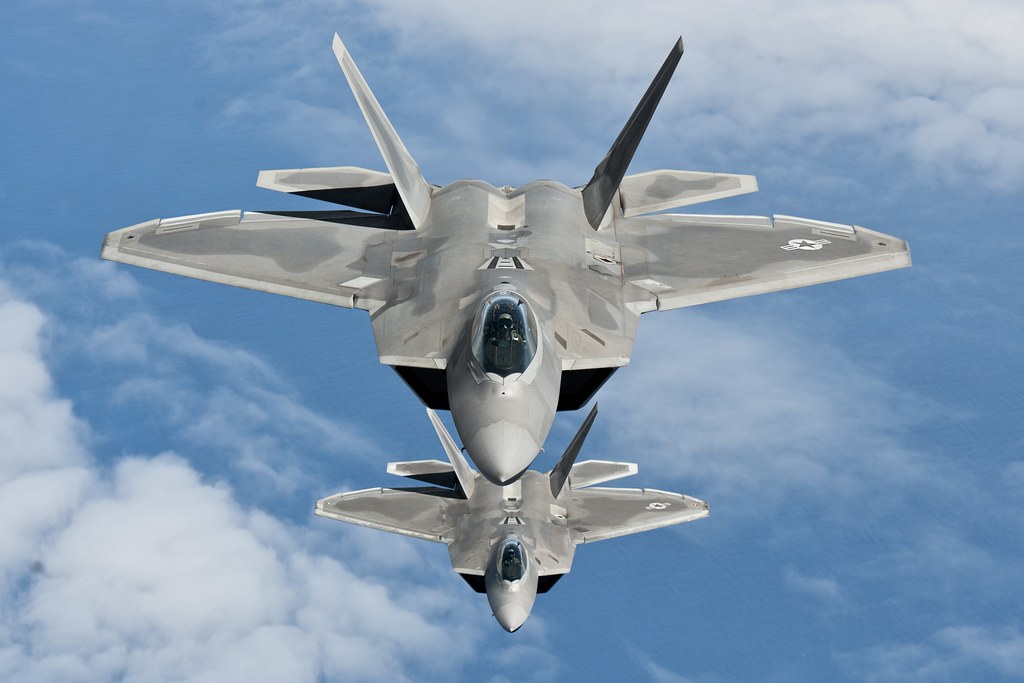
5. Sensors, Avionics, and Networked Warfare
The F-22’s integrated avionics, sensor fusion, and secure data links remain the benchmark, offering better situational awareness and networked combat. The J-20 is narrowing the gap, offering an AESA radar, advanced infrared sensors, and electronic warfare capabilities. Whereas Western analysts doubt the J-20’s real sensor fusion capability, China’s pace of development is real. The WS-15’s anticipated high electrical output will also drive high-output sensors and “loyal wingman” drone integration, another space in which both are a race to master more advanced jet engines to boot provide high electrical outputs.
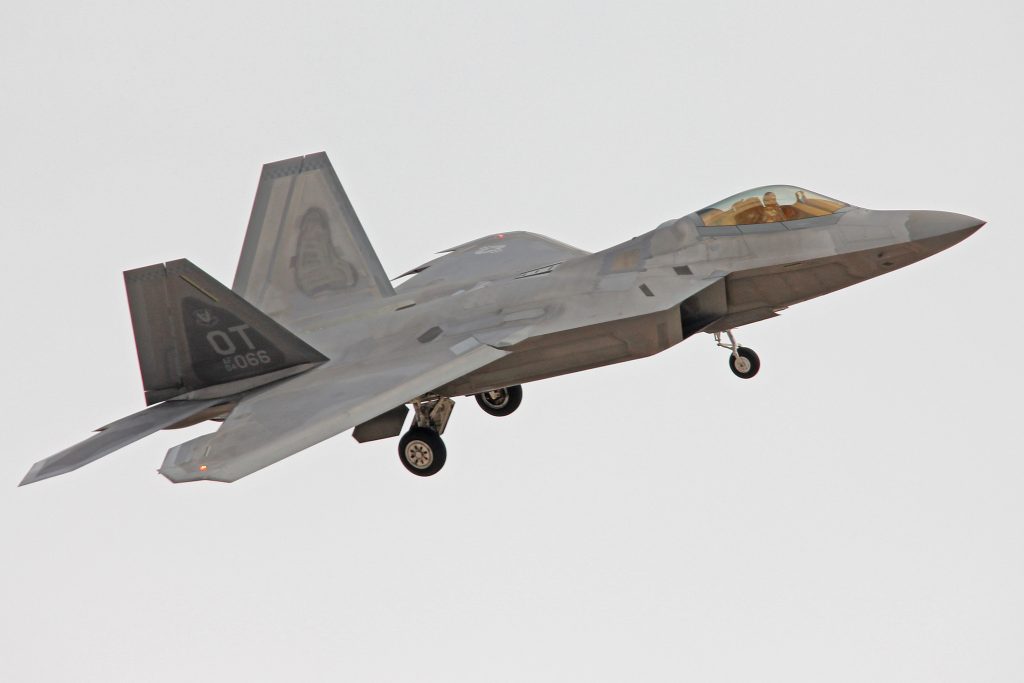
6. Industrial Sustainment and Strategic Geography
Even more important to the case, though, is that factor not found in any technical manual but geography and logistics. The F-22, unable to take off from carriers and reliant upon distant Indo-Pacific airbases, is logistically disadvantaged. The J-20, closer to home with a robust industrial base, can rely upon rapid resupply, easier maintenance, and more sorties. As the lead article remarks, “With the advantage of flying nearer home more conveniently placed air bases and associated ground support for refueling and rearming a future conflict environment near China would be favorable to the J-20 in terms of extensive aerial combat.”
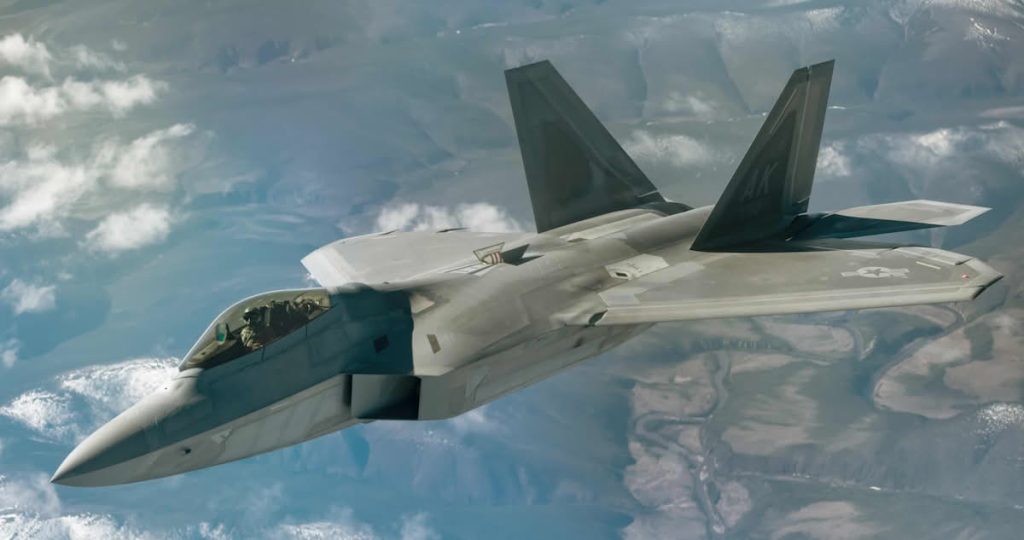
7. The Pace of Iteration: Continuous Improvement vs. Fixed Legacy
While the F-22 is an engineering marvel, having a closed production line and small fleet ensures that replacements and upgrades are limited. The J-20, however, is still in active production with new models and updates coming off the assembly line at a dizzying rate. As Western analysts observe, “If China can maintain the pace of investment, production and iteration of the last decade, then existing capability gaps will narrow a lot, and more areas of outright Chinese superiority will emerge in the 2020s” If China can maintain the pace of investment, production and iteration.

In the end, the competition between the F-22 and the J-20 is more than a tale of stealth and acceleration, but one of industrial will, technological ad-hocery, and the unyielding arithmetic of modern conflict.
